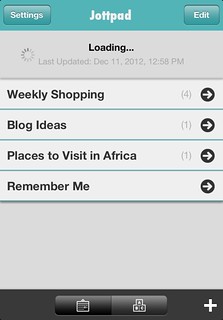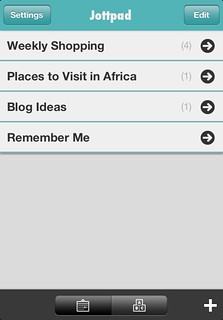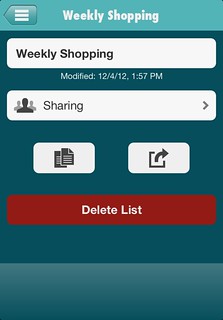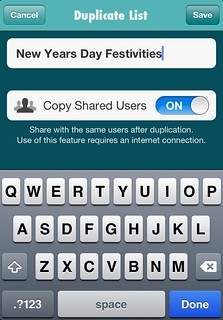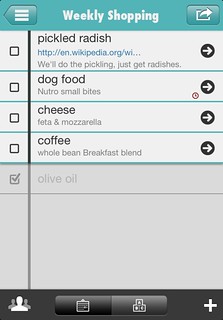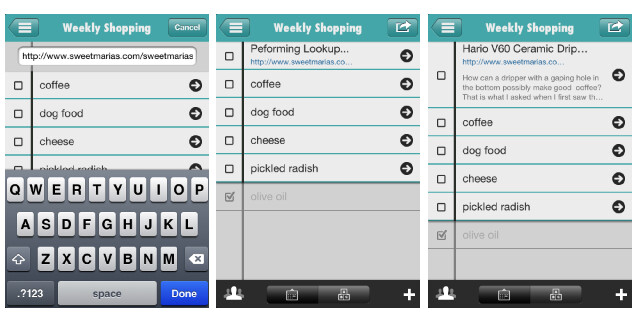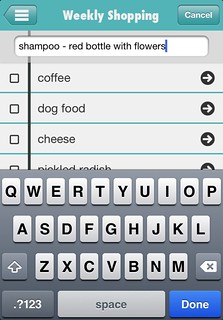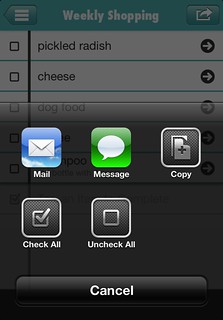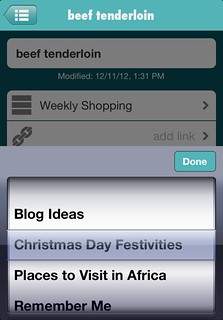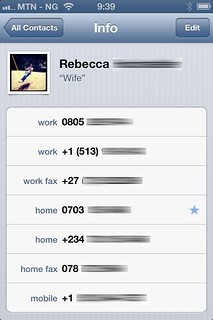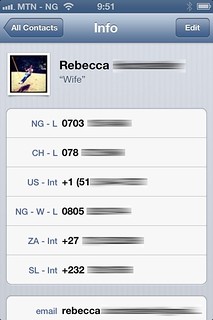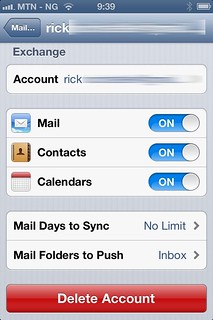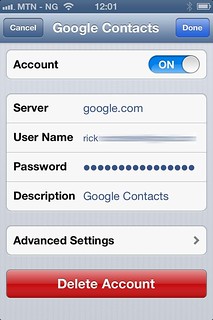Uncle Willie is the Confucius of our family. We were buying ice cream at a little shack along the beach. I was young, maybe 7 or 8. It was the middle of August, incredibly hot, and the ice cream started melting immediately. I was attempting to contain my cone with proper licking management but it was a losing battle. At one point I’m sure I started complaining about the ice cream all over my hands and face - I wanted to go back and demand another cone.
Uncle Willie looked down and simply stated - “You pay what they ask and you take what they give you.”
Looking back I realize buying a young kid an ice cream cone in the middle of a hot summer day is going to make a mess. My parents understood for a few dollars I would get some enjoyment and a they would get a big chocolate cleanup. The mess was a known thing - they knew what they were buying and dealing with.
App Store Economy
David Barnard writes:
Ultimately, the users become the product, not the app. Selling users to advertisers and pushing in-app upgrades/consumables is a completely different game than carefully crafting apps to maximize user value/entertainment. It’d be a shame if the mobile software industry devolved into some horrific hybrid of Zynga and Facebook.
I stopped playing Words with Friends when Zynga bought it and plastered ads and spamminess all over the place. Same goes for their recent aquisition of Draw Something.
John Gruber writes:
The differences between the iOS App Store and Android Market are a microcosm of the differences between Apple and Google. Apple is a retailer, a purveyor of well-crafted goods that people will line up to purchase. Google is an advertising company that builds popular services that command large audiences.
You can add a whole slew of companies to this list. Facebook and Twitter have become advertising companies no longer crafting a superior product to attract users but selling the users who helped build the service to advertisers.
More and more the web, mobile, app store economies are not about paying.
Paying for Stuff
I want to pay for products and services and the key word here is PAY. By paying there is an explicit contract detailing what I get for my money. I realize this is definitely a minority position, a small minority. However, I hope we are starting to see a group of like minded consumers which will allow paid software to survive and hopefully thrive.
Not all of these are still small, but I’ve been paying since it was an option in hopes the product or service sticks around and stays non-spammy.
- Pandora (no ads)
- App.net - as opposed to Twitter
- Dropbox (upgraded storage)
- Instapaper subscription
- Donation to 5by5
I don’t want to be part of the eyeballs, eyeballs, eyeballs way of monetizing. I enjoy paying for products and services especially when doing so supports a small or independent developer like myself.
How Does it Change
It changes by making people aware of the trade-offs for not paying. Are you ok with being the product? Do you realize all that “personal” data on Facebook is being sold to advertisers?
Couple recent conversations with friends.
“My internet is too slow, I want cheaper internet.”
Ugh, internet is not a God given right. If you want quality service then pay, if not quit bitching.
“Pocket is free, why would I use Instapaper.”
Well, like Instagram, Facebook, and Twitter, Pocket is a VC funded eyeballs business. At some point it is either going it run out of money or morph into a service that no longer cares about the users - it’ll care about selling the users. I don’t mean to call out Pocket in a bad sense. Pocket is just an example of the free, has to grow to attract users and hopefully funding business model I don’t want to be a part of.
I still use Google even though I understand I’m the product they are selling. Google is providing enough value to me that I’m ok with being the product they provide to advertisers.
I still use Twitter although I have an App.net account and will be attempting to ween myself from it. Twitter is borderline for me. I’m getting value out of the service but the recent hostilities towards developers and the march to monetize is turning me off.
I quit Facebook. It wasn’t providing me enough value for the trade-offs of selling my data. I think in this regard Facebook will eventually do more for the Pay For What You Use movement then anybody else. The march for more users, more data and less privacy will start to push users away.
So Pay or Don’t
Paying is like the current craft brewery resurgence going on in the US. I love having the multitude of choices when it comes to quality products. I care about quality and want those supplying it to survive. Thousands of small brewers across the country are creating a distinct and much higher qualtiy product than the flavored water of Anheuser-Busch, Miller and Coors. The craft brewers are focusing on the product and the customer, not just throwing huge advertising and marketing dollars at the consumers.
Or don’t and be another eyeball. Just remember, you can’t complain when you aren’t paying and that service morphs into something spammy or goes away entirely.

